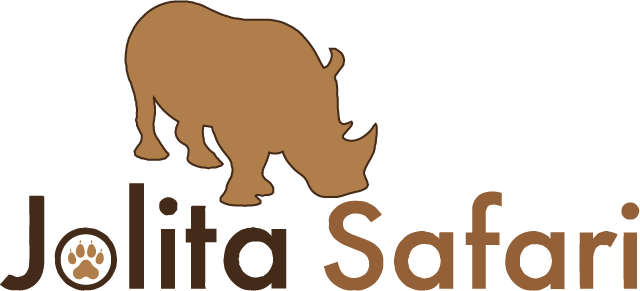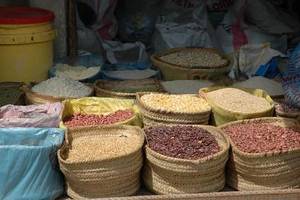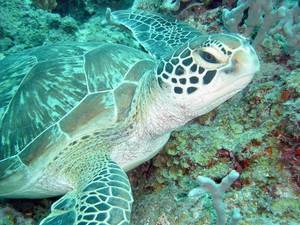Tarangire National Park is close to Arusha, south of Manyara. The Arusha-Tarangire journey (or vice versa) can be done in 2 to 3 hours without speeding (which is most often impossible anyway, safari 4x4s most often having a limiter at 80 km/h on the engine).
Measuring 120 km in its north-south axis, Tarangire NP is bordered by two reserves, the Lolkisale Conservation Area to the northeast and the Mkungunero Reserve to the south. It is crossed by the Tarangire River which gave it its name and which concentrates on its banks and in its bed a large part of the abimal life of the park, even outside the dry season. Tarangire is a relatively uncrowded park in January and February . It is mainly visited in summer, when the drought attracts large herds of elephants and large populations of wildebeest and zebras to its less water-deprived 2,850 km². It is also a good time for predators of all kinds who are then more easily observed. However, you will never been disappointed by it in January or February, during the short dry season.
Its richness in fauna places it in second place for density just after the Serengeti (the Ngorongoro crater is “out of competition”). In addition, the animals are easily observed in the dry season when they are even more concentrated in the river bed. It is also richly stocked with red elephants (due to the dust) and baobabs with trunks more or less damaged by the aforementioned pachyderms (who not only “carefully” peel them off and sometimes manage to pierce the enormous trunk).
With an average altitude of 1100 m, the park offers splendid, very varied and hilly landscapes with two large hills to the northwest, Tarangire hill and Kitibong hill, a marshy area to the south, with the Silale marsh. The Tarangire River which crosses the entire park in its north-south axis and which the track crosses and recrosses offers encounters at each arm or bridge: reed bob, jabirus, goliath heron , lions, kingfishers , hyraxes , squirrels , monitor lizard, eagles , pythons , serval, tsetse, oreotragues, dik-diks, ourebs, etc. It is frequented by cob birds (of the crescent variety), elands, oryx and it is the northern park where you can see kudu and sometimes gerenouks. You will see leopards, otocyons hunting termites, lionesses, open beaks and a serval on the edge of Silale. More than 400 species of birds have been recorded there.



